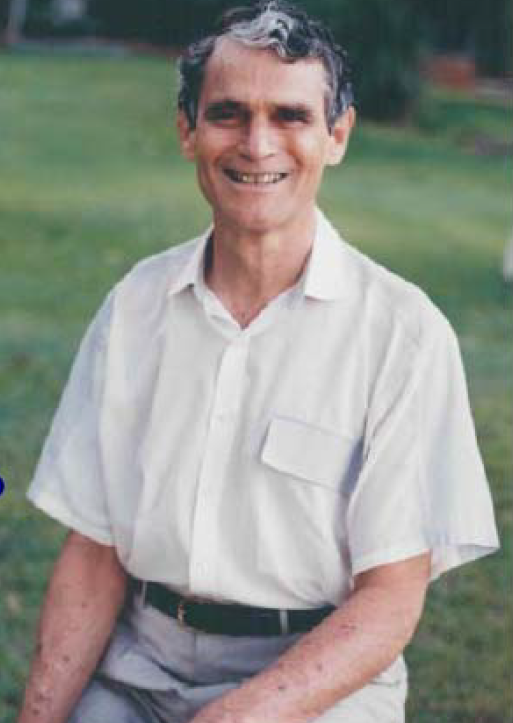
Bruce Copeman was born in Dalby, Queensland, and graduated in Veterinary Science from the University of Queensland. He was subsequently the District Veterinary Officer in Townsville, Rockhampton, Gayndah and Mt Isa before moving to the USA to undertake a PhD on Ascaris suum in pigs. Having completed his PhD, Bruce returned to Queensland to a Lectureship in Veterinary Parasitology at James Cook University, where he stayed until his retirement in 2003.
Bruce Copeman was the “mainstay” of parasitology in north Queensland for over 30 years. He was an inspirational researcher, mentor, friend and collaborator to many parasitologists in Australia and overseas.
Bruce was a member of the Society throughout his teaching career and was President in 1989. He maintained an unfailing support for the Society by personally attending the Annual Scientific Meeting and by ensuring a cohort of post graduate students from Townsville attended each meeting. Bruce successfully organised the 1989 conference, the 25th anniversary of the foundation of the Society, despite what most would consider being fatal logistical nightmares such as the National pilot’s strike.
Bruce’s contribution to parasitology through his research was both broad and extensive. He supervised 52 post graduate students from a diverse range of countries working on an extremely varied range of parasites including nematodes, trematodes, protozoans, flies and snails. Perhaps the most significant work Bruce undertook was on the filarial nematode Onchocerca. What started in 1975 as a study of the filarial parasites of cattle in northern Australia, their life cycles, distribution, prevalences and pathology soon became a major international effort with over 18 years of continuous funding from the WHO.
This period of his work focused particularly on immunity to filarial infections (in conjunction with Graham Mitchell in Melbourne) as well as testing macrofilaricidal drugs, developed using rodent models, against O. gibsoni, prior to their use against O. volvulus. During this time he also became head of a WHO Collaborating Centre for Onchocerciasis at JCU. This led him subsequently to studies of bovine stephanofilariasis in Australia and of human filariasis caused by Wuchereria bancrofti in Papua New Guinea including the development of novel immunological tests for the parasite with PhD student Simon More, which is now considered the gold standard for diagnosis.
A highlight of Bruce’s later work was the development of new biological approaches to the control of fasciolosis in SE Asia where it is regarded as the most important disease of cattle and buffaloes. New and substantially improved tests for Trypanosoma evansi were also developed. This research graphically demonstrated the likely devastating effect infection with T. evansi would have on wallabies should it enter Australia or Papua New Guinea.
Bruce was the only Parasitologist to attain Fellowship of the Australian College of Veterinary Scientists (Pathobiology). In 2001, Bruce was awarded the Kesteven Medal by the AVA/ACVSc in recognition of his contribution to improving animal health in developing countries in the field of parasitology. In 2004, Bruce’s work was acknowledged in the Queen’s Birthday Honour’s List when he became an Officer of the Order of Australia for service to veterinary science, particularly in the area of parasitology as a leading researcher, educator and administrator. In the same year, he was made a Fellow of the Australian Society for Parasitology. Finally in 2005, just weeks before his death, Bruce was awarded an Honorary Doctor of Science for his service to James Cook University.
This content of this page is drawn from an article by Simon Reid and Ian Beveridge, published in the ASP Newsletter Vol.17,No.1, April/May 2006.


